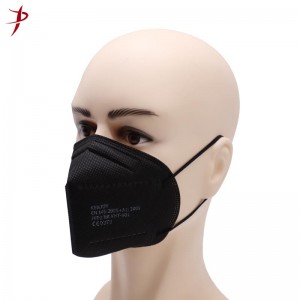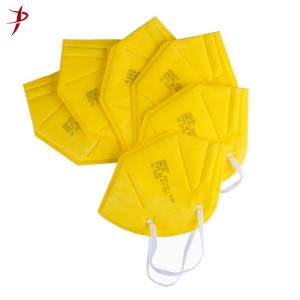FFP2 mask sterilization method| KENJOY
How do FFP2 masks sterilize? Today, medical face mask manufacturers will explain the sterilization method, so that we can further understand the sterilization of FFP2 masks.
What kind of mask needs to be sterilized?
Disposable surgical masks/disposable surgical masks, disposable respirators (KN95) above masks need to use after sterilization, the main scene is mainly used in the operating room, hospital, etc., the hospital surgery in sterile operating room environment, wearing the respirator needs from the aseptic environment and use, so this kind of mask needs sterilization.
Most of the masks we use are packed in ordinary plastic bags, so there is no need to sterilize them. If they are not sterilized, it does not mean that they are not clean. Because we do not live in a sterile environment, we do not have such high requirements for microbes and bacteria on the surface of masks. The production of masks is generally completed in a 100,000-grade purification workshop, which will control microorganisms, so as long as the non-sterile masks produced by regular manufacturers are relatively clean.
The mainstream sterilization method suitable for masks: ethylene oxide
The sterilization methods of a large number of medical devices are mainly EO and irradiation (electron beam and Gamma), but the most suitable sterilization method is selected according to the composition of the product material and the range of cost acceptance. In FFP2 masks, most enterprises will choose EO sterilization.
There are also many enterprises that will choose irradiation sterilization again. Irradiation sterilization will affect the performance of melt-blown layer of masks, and it is very difficult to control irradiation metering and verify after sterilization. Here, BECAUSE I have not learned that there is a real case of irradiation sterilization, so I will not describe it.
Third-party EO sterilization institutions: it is recommended that you choose the nearest third-party sterilization station, if there is no nearby, can seek help from the government, local food and drug administration to contact the local medical device manufacturers with ethylene oxide sterilization ability to assist.
Is it necessary to purchase sterilization equipment?
From a personal point of view is not recommended. Ethylene oxide (EO) sterilization equipment is more professional, if the production of medical masks needs to establish ISO13485 system, the workload is relatively large. If sterilization is involved, it can be more complicated, and the sterilization operation of ethylene oxide is also more demanding. The reasons for this are as follows
1 Ethylene oxide is a flammable and explosive dangerous chemical. The workshop where the sterilization cabinet is located needs to meet the requirements of class A workshop (or a class C workshop with a volume less than 5%). The temporary opening of the country may not be strict now, but such problems will still be encountered in the later operation and management.
2. Ethylene oxide sterilization plant needs complex processes such as environmental assessment, safety assessment and health assessment. In daily management, it has higher and more professional requirements on the skills of operators and the company's operation and management system.
3 Countries do not support manufacturers to build THEIR own EO sterilization stations in many policies, so in recent years, there have been centralized disinfection and sterilization third-party sterilization stations for medical device manufacturers in various regions.
The above is the introduction of FFP2 mask sterilization. If you want to know more about FFP2 masks, please contact us
Learn more about KENJOY products
Read more news
Post time: Dec-23-2021



